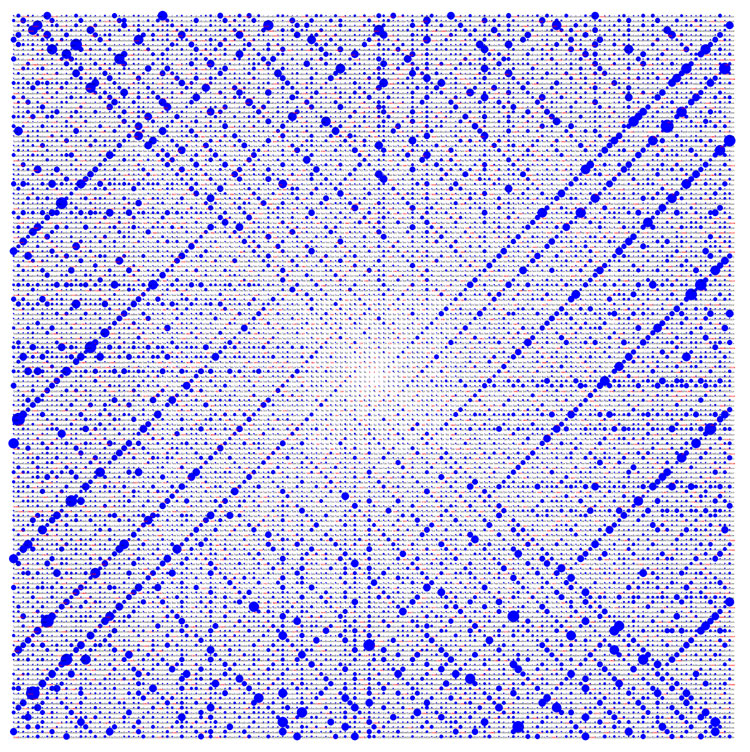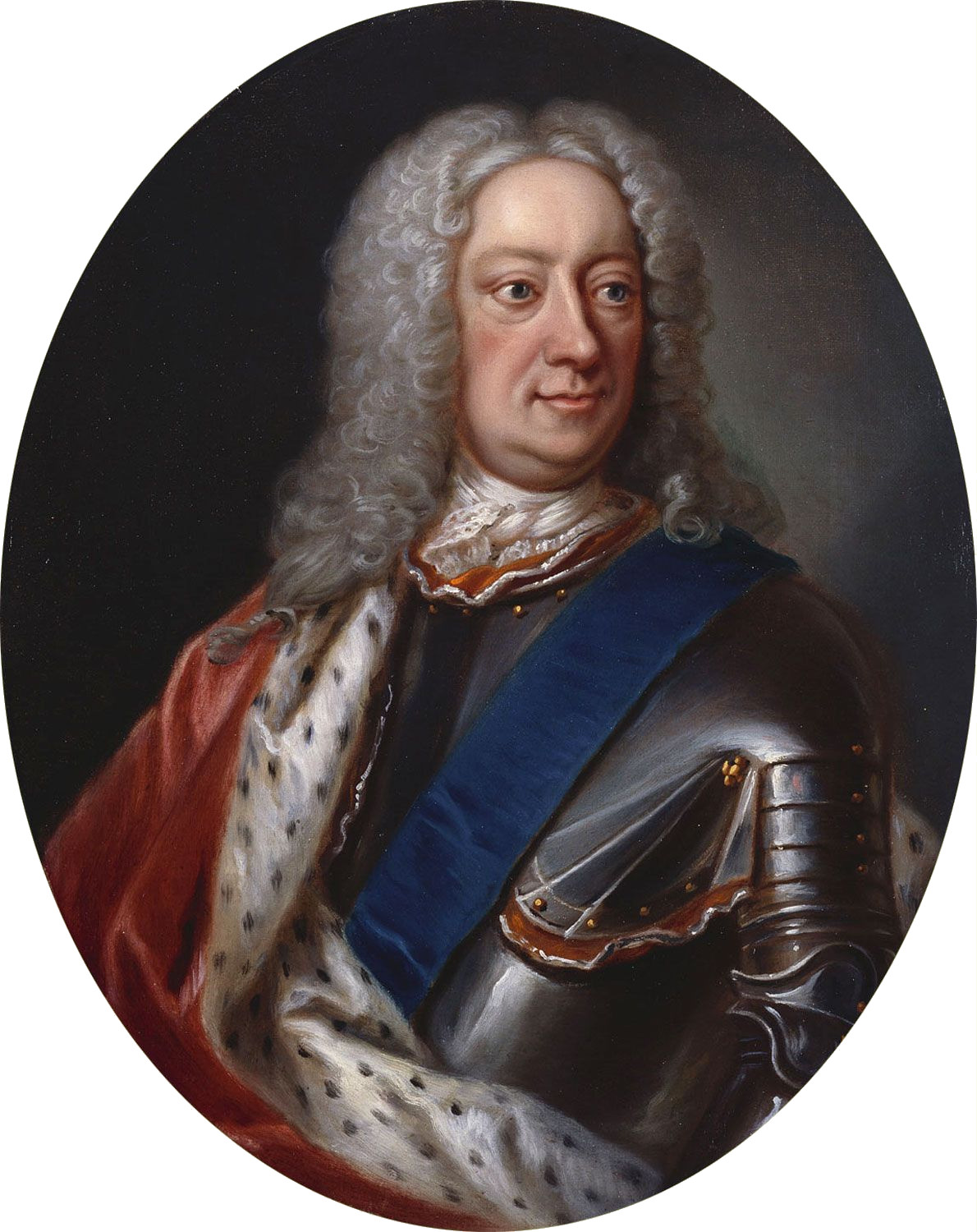|
Riemann–Siegel Theta Function
In mathematics, the Riemann–Siegel theta function is defined in terms of the gamma function as :\theta(t) = \arg \left( \Gamma\left(\frac+\frac\right) \right) - \frac t for real values of ''t''. Here the argument is chosen in such a way that a continuous function is obtained and \theta(0)=0 holds, i.e., in the same way that the principal branch of the log-gamma function is defined. It has an asymptotic expansion :\theta(t) \sim \frac\log \frac - \frac - \frac+\frac+ \frac+\cdots which is not convergent, but whose first few terms give a good approximation for t \gg 1. Its Taylor-series at 0 which converges for , t, 6.29, and has local extrema at \pm 6.289835988\ldots, with value \mp 3.530972829\ldots. It has a single inflection point at t=0 with \theta^\prime(0)= -\frac = -2.6860917\ldots, which is the minimum of its derivative. Theta as a function of a complex variable We have an infinite series expression for the log-gamma function :\log \Gamma \left(z\right) = -\ ... [...More Info...] [...Related Items...] OR: [Wikipedia] [Google] [Baidu] |
Mathematics
Mathematics is an area of knowledge that includes the topics of numbers, formulas and related structures, shapes and the spaces in which they are contained, and quantities and their changes. These topics are represented in modern mathematics with the major subdisciplines of number theory, algebra, geometry, and analysis, respectively. There is no general consensus among mathematicians about a common definition for their academic discipline. Most mathematical activity involves the discovery of properties of abstract objects and the use of pure reason to prove them. These objects consist of either abstractions from nature orin modern mathematicsentities that are stipulated to have certain properties, called axioms. A ''proof'' consists of a succession of applications of deductive rules to already established results. These results include previously proved theorems, axioms, andin case of abstraction from naturesome basic properties that are considered true starting poin ... [...More Info...] [...Related Items...] OR: [Wikipedia] [Google] [Baidu] |
Riemann Siegel Theta 1
Georg Friedrich Bernhard Riemann (; 17 September 1826 – 20 July 1866) was a German mathematician who made contributions to analysis, number theory, and differential geometry. In the field of real analysis, he is mostly known for the first rigorous formulation of the integral, the Riemann integral, and his work on Fourier series. His contributions to complex analysis include most notably the introduction of Riemann surfaces, breaking new ground in a natural, geometric treatment of complex analysis. His 1859 paper on the prime-counting function, containing the original statement of the Riemann hypothesis, is regarded as a foundational paper of analytic number theory. Through his pioneering contributions to differential geometry, Riemann laid the foundations of the mathematics of general relativity. He is considered by many to be one of the greatest mathematicians of all time. Biography Early years Riemann was born on 17 September 1826 in Breselenz, a village near Dannen ... [...More Info...] [...Related Items...] OR: [Wikipedia] [Google] [Baidu] |
University Of Göttingen
The University of Göttingen, officially the Georg August University of Göttingen, (german: Georg-August-Universität Göttingen, known informally as Georgia Augusta) is a public research university in the city of Göttingen, Germany. Founded in 1734 by George II of Great Britain, George II, King of Great Britain and Elector of Electorate of Hanover, Hanover, and starting classes in 1737, the Georgia Augusta was conceived to promote the ideals of the Age of Enlightenment, Enlightenment. It is the oldest university in the state of Lower Saxony and the largest in student enrollment, which stands at around 31,600. Home to many List of Georg-August University of Göttingen people, noted figures, it represents one of Germany's historic and traditional institutions. According to an official exhibition held by the University of Göttingen in 2002, 44 Nobel Prize winners had been affiliated with the University of Göttingen as alumni, faculty members or researchers by that year alone. ... [...More Info...] [...Related Items...] OR: [Wikipedia] [Google] [Baidu] |


